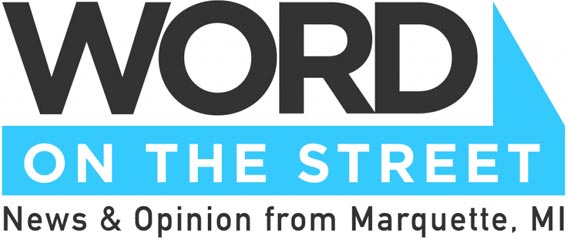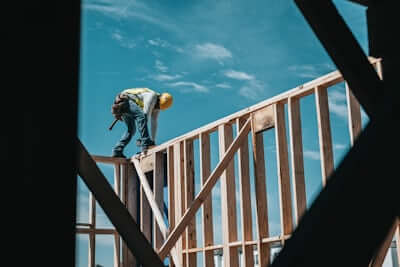The Home Builders Association of the U.P., in conjunction with the HBA of Michigan and the National Association of Home Builders, recently released information related to the cost of building a house in today’s inflated market.
The bad news is there’s not much good news in the story. In addition to the current high cost of materials and labor, the information provided shows an alarming amount of the total cost of building goes to regulatory fees.
According to the figures included in the report, called “Let’s Talk Housing,” as much as 23.8% of the cost of a new home is dedicated to regulatory fees. If we’re trying to come up with “affordable housing,” looking at fees, and the level of their necessity, would be a good place to start.
The cost of materials and labor are pretty non-negotiable. Sure, a contractor could find cheaper, unskilled labor, but regardless of what we pay for construction, we generally hope it’s going to be done right. And that requires a workforce that knows what it’s doing, and is suitably compensated.
As we know, just like our eggs, the price of building materials has skyrocketed since the pandemic. There are a lot of reasons for this, not the least of which is executive and shareholder compensation. To explain high prices, I like to cite this statistic from Forbes… “In 2023, chief executives earned 290 times the salary of an average worker, a significant increase compared to 1965, when their compensation was only 21 times that of a typical employee.” Of course, there are other reasons for the high cost of things, but that one, to me, is the most egregious.
So, of those three categories of building costs… regulatory fees, labor, and materials, only one appears to be subject to change, and that’s the fees.
The Need for Regulations
First, we have to acknowledge the importance of those fees. They pay for the legislation and enforcement of the standards we put into building construction, both commercial and residential. Look into our own city’s building codes and you’ll find a lot of rules that tell you what you can and can’t do when building a house. Those regulations are there for our own protection. They address things like design standards, community values, and home safety.
And just so you know, that 23.8% figure can’t be blamed entirely on Marquette’s City Hall. According to Community Development Director Dennis Stachewicz, city fees are closer to .25% of the total cost. That’s point two five percent. Adhering to city zoning and building codes likely comes into play and is hard to quantify, but that’s more like the cost of doing business, regardless of location.
If 23.8% is a little too cryptic for you, let’s put it into actual dollars. According to the NAHB, the median cost of a new home in Michigan in 2024 was $448,520. Of that, $93,870 went to regulatory costs… things like zoning approvals, architectural design standards, OSHA requirements, and other things that aren’t lumber and shingles.
In most cases, someone benefits from the inflated prices we pay for things. And those who benefit aren’t putting a lot of energy into lowering prices. But that can’t be said of our home builders.
Affordable Housing?
When toilet paper goes from $6 to $8, you’re probably still going to buy it. (At least I hope you are.) But when the cost of a new home goes from $300,000 to $400,000, you might reconsider how bad you really need those new digs. And that’s what has the HBA taking a closer look at costs that might be excessive.
Jon Dickerson, President of the HBA of the U.P., says, “Our members are finding it frustrating trying to provide a service to our community for a ‘reasonable’ cost without removing craftsmanship and quality of product, just to make building and remodeling affordable.”
And builders aren’t the only ones concerned. With affordable housing being a local priority, Lake Superior Community Partnership CEO Christopher Germain agrees. “The statewide estimate of nearly $94,000 per new home is alarming. The data provided by the HBA underscores a trend long recognized: regulatory costs are a key driver of rising housing prices. These expenses often act as barriers, pricing thousands of families out of the market for every incremental increase in costs.”
Dickerson says area builders are getting creative when addressing the increase in costs. “One of the ways our builders and remodelers are combating these prices is to build ‘smaller and smarter’. This means to focus on a simpler home design with a focus on quality and efficiency.”
Call to Action
So what can be done? “I wish I had a simple answer on how to fix the issue of excessive building costs, but I don’t,” Dickerson says. “I can say that it is a very real concern within our industry. And by acknowledging the issue, at least we are taking a step in the right direction.”
Regulatory fees, like all things governmental, can be revisited by our state and county elected officials. If affordable housing is such a concern… and it is, the people who can make a positive change need to do just that. And again… like all things governmental, it’s up to us to put the pressure on those officials to make those changes.
The issue reminds me of the line from the film, Field of Dreams… “If you build it, they will come.” That might work for a ballpark in a cornfield. But if you build a house, and they can’t afford it, they ain’t coming.


